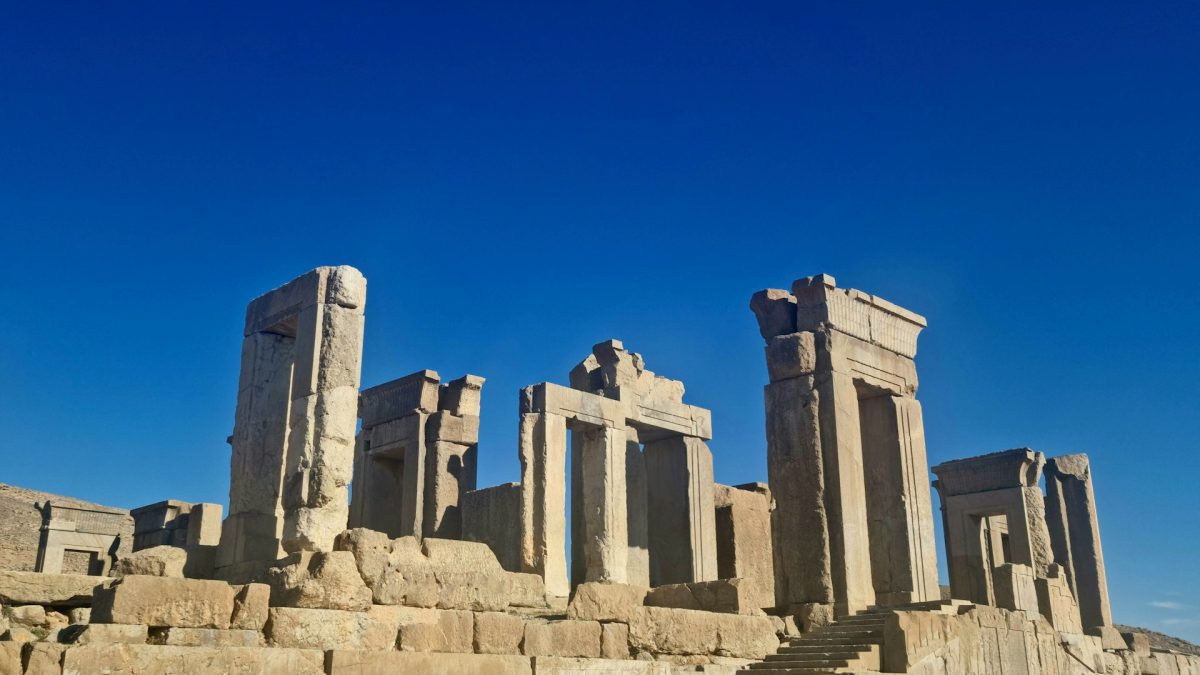Table of Contents
In Iran, people are incredibly friendly. If you visit, you can get a taste of Iranian culture firsthand. Persian culture is super old and special. It’s full of interesting things to see and experience.
Imagine going to an Iranian house. You’re not just welcomed with smiles; you’re invited to join in and learn about their way of life. It’s like stepping back in time and seeing how people lived centuries ago. You get to chat, try delicious food, and see how they do things. It’s not just about sightseeing; it’s about making connections and understanding a different way of life. Whether you’re exploring markets or visiting old buildings, every part of Iran history and culture has something unique to offer.
Now it is a good opportunity to have a glimpse into Iran history and culture:
Ancient Persian Culture
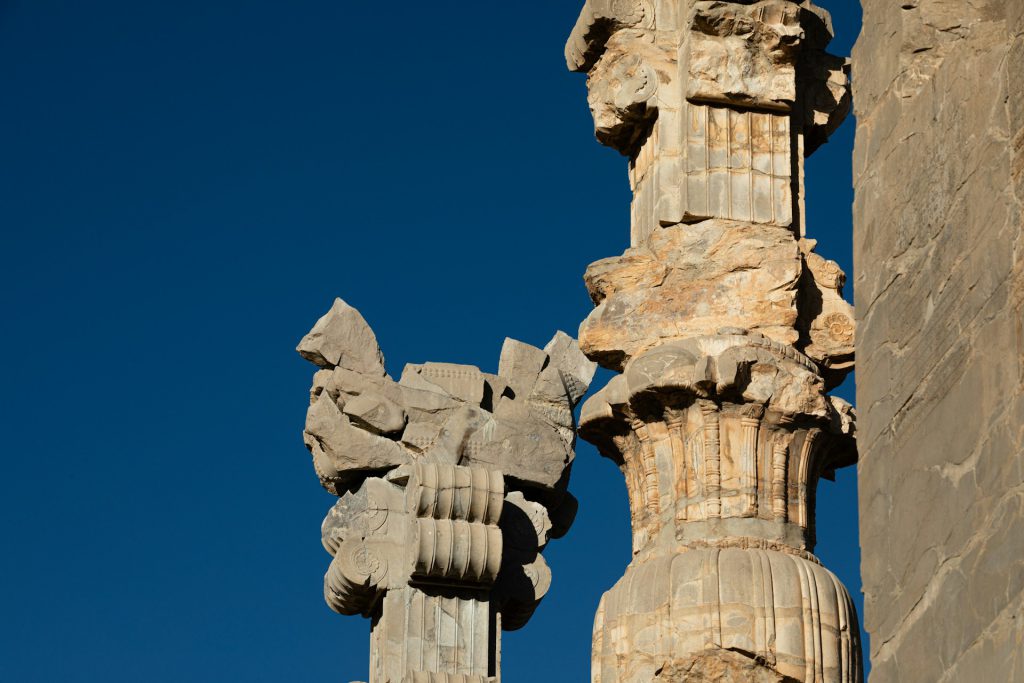
The story of the Persian Empire goes way back to ancient Mesopotamia, where it flourished near the Tigris and Euphrates rivers. It’s one of the oldest empires ever known, showcasing one of humanity’s earliest city-based societies.
In the realm of Iran history and culture, the Elamite civilization stands out, capturing the interest of archaeologists worldwide. Susa, located by the Karoun River in southwestern Iran, was its capital, established around 4000 BC. Through Susa’s ruins, we glimpse into a sophisticated society that once thrived in Iran’s fertile lands. This blend of history, along with the unique Persian civilization, not only shapes Iran’s cultural identity but also celebrates the enduring legacy of ancient Persian culture.
Iran History
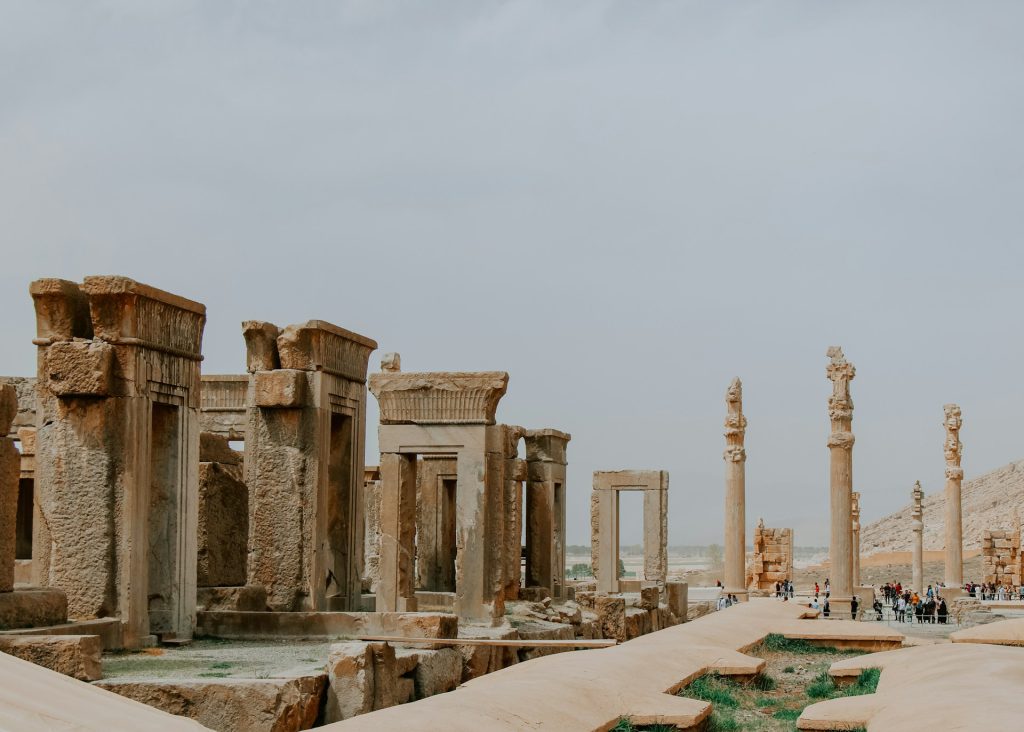
Traveling back through the ages of Iran history and culture reveals a fascinating story of different people and cultures coming together. It all started with the first folks settling in western Asia, and later on, the Aryans, a group related to the Indo-Europeans, mixed with the locals, shaping what Iran is today.
The Achaemenid dynasty, led by Cyrus the Great, kicked off a remarkable period where ideas about treating people fairly started to take root. Their empire stretched from Turkey to Afghanistan and down to Egypt, showing off Iran’s strength and influence. But things changed when Alexander the Great showed up, leading to a series of new rulers and dynasties ruling over Iran.
Over time, Iran saw many different leaders, like the Parthians, Sassanids, and Safavids, each leaving their mark on the country. Islam also became a big part of Iranian life, especially during the Safavid period when Shi’a Islam became official. Despite all the ups and downs, Iran kept its identity strong.
From the early 1900s, with the push for a more democratic government, to the revolution in 1979 that led to the Islamic Republic, Iran’s story is one of resilience. Even with all the challenges from invaders and internal struggles, Iran’s culture and history have remained vibrant, showing the world the enduring spirit of its people.
Iran Culture
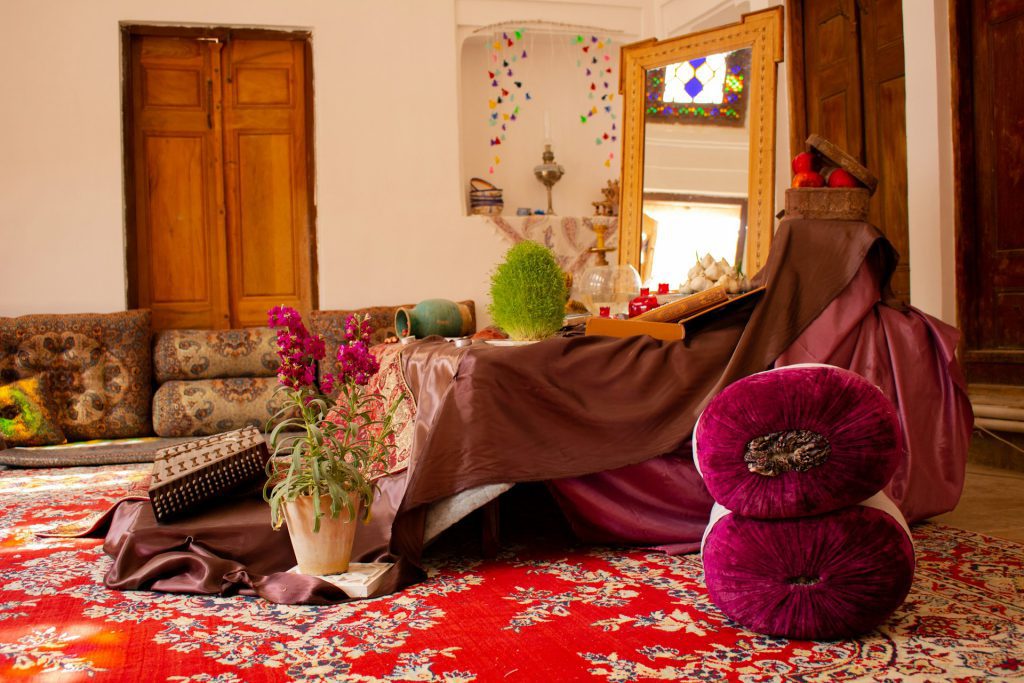
Iran’s culture is a blend of old traditions and Islamic values, influencing not only its region but also distant lands. Persian, the language once revered for its intellect, shaped the daily lives and scholarly discussions of people for ages.
During the Sassanid era, Iran’s cultural influence stretched from China to Europe, leaving a mark on art, philosophy, medicine, and architecture. This legacy laid the foundation for what we now recognize as Islamic learning, shaping civilization in profound ways.
Nowruz: A Time for Renewal and Unity
Nowruz, an ancient festival marking the start of spring, is a beloved tradition uniting Iranians and neighboring communities. Recognized by UNESCO for its cultural significance, Nowruz brings together families in Afghanistan, Azerbaijan, and beyond, fostering bonds of camaraderie.
As people gather around the Haft-Seen table, adorned with symbolic items representing hope and renewal, Nowruz embodies the timeless spirit of Iran history and culture. It’s a celebration that transcends borders, weaving together traditions from the past and aspirations for the future in a colorful tapestry of unity.
Iran Language
To study Iran history and culture, let’s take a closer look at Farsi, the main language spoken in Iran, once known as Persia. Farsi belongs to a group of languages called Indo-Iranian, which are part of the larger Indo-European family.
Farsi isn’t just spoken in Iran; it’s also used in neighboring countries like Afghanistan, Tajikistan, and even in parts of the Pamir Mountains. This language plays a big role in connecting people across different ethnic backgrounds.
Throughout history, Farsi has been vital in shaping the culture of Iran. It’s helped preserve Islamic traditions and has been used in poetry and religious writings for centuries. By holding onto Farsi, Iranians celebrate their heritage and keep their unique identity alive.
Iran Religion
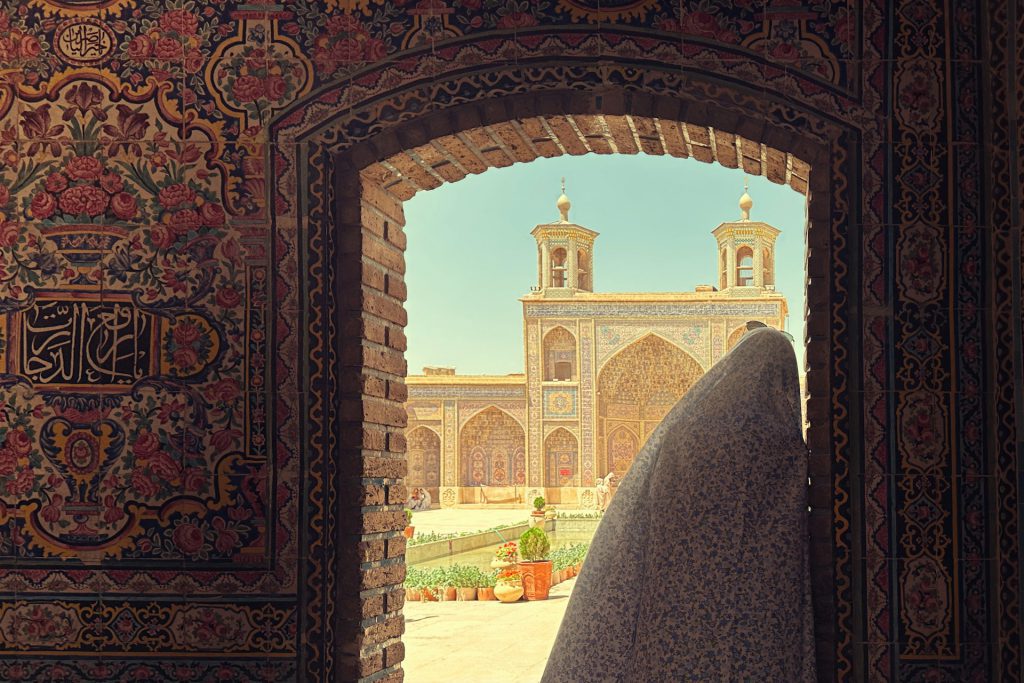
Iran’s religious landscape is like a colorful patchwork quilt, showing off its rich history and mix of cultures. The main religion here is Shia Islam, which has been around since the 16th century and is a big part of how people live their lives in Iran.
But there’s more to Iran’s religious scene than just Islam. There are also other groups, like Sunnis, Christians, Jews, Zoroastrians, and Baha’is, each with their own beliefs and traditions. Zoroastrianism, an ancient religion, is especially important here and still influences Iranian culture today.
Even though Iran says people can practice their religion freely, things can get complicated because religion and politics often mix. Despite these challenges, the mix of religions shows off the fascinating Iran history and culture, making it a truly unique place in the world.
Iran Architecture
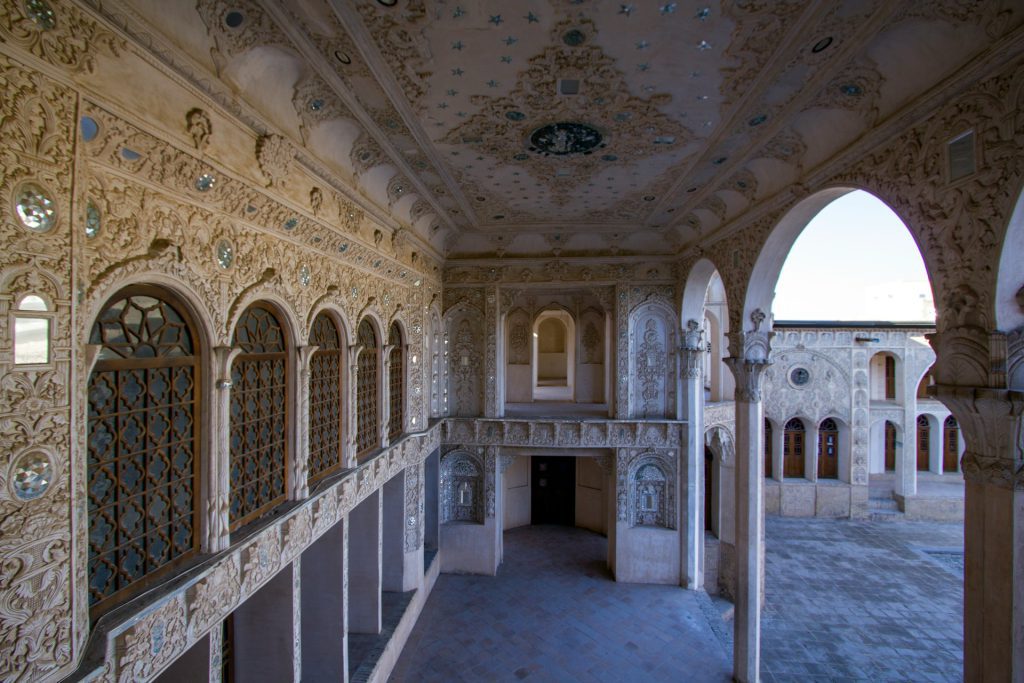
Long ago, people started making buildings to meet their needs like shelter and safety. Over time, they got better at it, turning the building into an art form called architecture. In Iran, buildings have been around for thousands of years, showing up everywhere from Syria to North India. They come in all shapes and sizes, from simple homes to fancy tea houses and grand gardens. What’s cool is how these buildings fit in with nature, using the land and materials around them.
Iranian buildings also tell stories about the people who lived in them. They’re not just about looks; they’re about beliefs and ideas too. It’s like each building is a little piece of history, showing us what life was like long ago. And there’s something special about the way Iranian architecture connects with the sky and stars. This idea has been around for ages and gives these buildings a unique feeling that’s hard to describe.
So, when we look at old Iranian buildings, we’re not just looking at walls and roofs; we’re peeking into the past and seeing how people lived and thought back then.
Iran Handicrafts
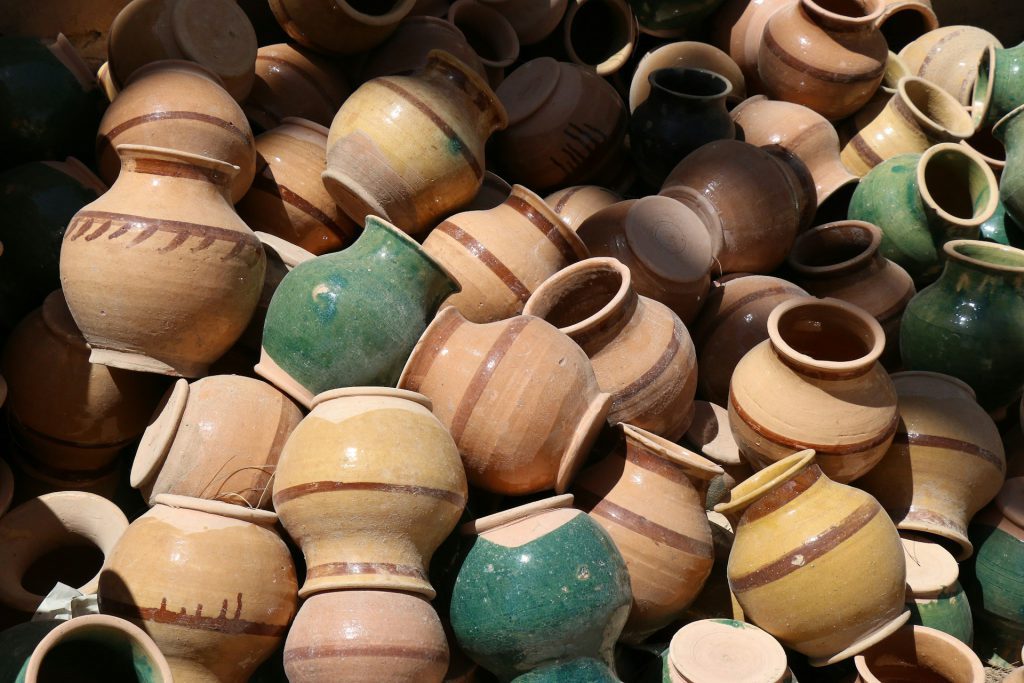
Recent archaeological digs have uncovered fascinating insights into the earliest art on the Iranian plateau. Dating back to around 5000 BC, these newly found ancient sites have revealed lots of interesting Iranian handicrafts, including beautifully decorated pottery, some of it as thin as an eggshell. Pottery dating to around 3000 BC and later is especially plentiful, offering a peek into the amazing skills of ancient people who once lived in the area.
Persian art and buildings tell a long story, going back over 5,000 years. They show off a mix of different cultures that have lived in modern-day Iran and Afghanistan. The history of Persian art can be split into two main parts, with a big change happening around the 7th century AD when Arab armies came in and changed things. This shows how the art of Persia has adapted and grown over time, reflecting the people and events that shaped it.
Persian Carpet
Persian carpets are famous for their stunning designs and top-notch quality. They’re a big deal in Iran history and culture and are loved all over the world. Places like Ardabil, Tabriz, Kashan, and Isfahan are top spots for making these gorgeous rugs.
Making a Persian carpet is no quick job. It takes a lot of time and skill. Imagine tying over a million tiny knots! A real pro can do up to 12,000 knots in one day. No wonder these carpets are pricey!
If you’re ever in Tehran, you’ve gotta check out the “One Tourist One Knot” carpet at Milad Tower. It’s super cool because tourists from all over the world helped make it by tying one knot each. Together, they made over 2.2 million knots! It’s a cool reminder of how art can bring people together from all over.
Iran Art and Literature

In the diverse world of Iranian arts, you’ll discover a deep connection to a culture rich in history and creativity. From the beautiful patterns of Persian carpets to the captivating poetry of Ferdowsi and Hafiz, Iranian artists tell stories of beauty and expression that have lasted through time.
At the heart of this cultural tapestry lies Persian literature, a treasure chest of poetic brilliance that has enchanted people for centuries. Poets like Rumi and Sa’di share verses that speak to timeless truths, while Ferdowsi’s Shahnameh stands as a powerful story that continues to captivate readers. Through their words, they not only celebrate the beauty of the Persian language but also offer profound insights into what it means to be human.
Beyond literature, Iranian art takes many forms, from the intricate designs of architecture to the graceful lines of calligraphy. Each piece reflects a deep appreciation for skill and beauty, rooted in a tradition that spans thousands of years. Persian carpets, with their mesmerizing patterns and vibrant colors, are not just functional items but also works of art that showcase the rich culture of Iran.
Whether in bustling markets or quiet corners, the legacy of Iranian art and literature continues to inspire and delight. Through their creativity, Iranians honor their past and celebrate the enduring spirit that makes their culture unique.
Iran Music
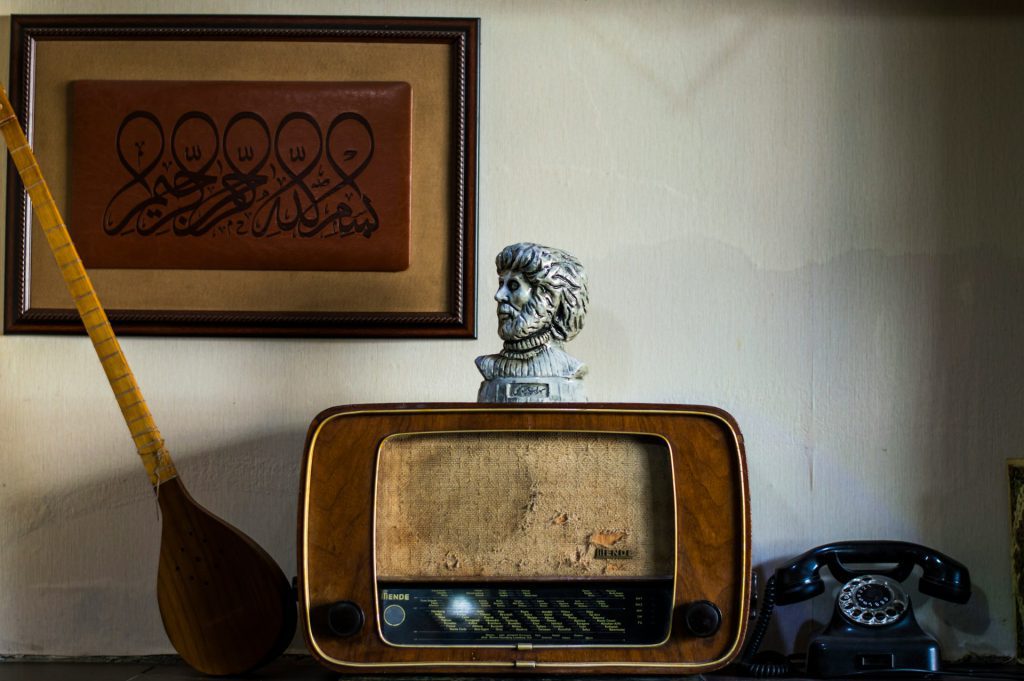
The journey of Iran’s music stretches back to ancient times, offering us a window into a vibrant cultural heritage. Around 2600 BC, the Elamites showcased their love for music through images of musicians playing instruments like harps and tambourines. As history unfolded, Alexander the Great’s conquest ushered in a fusion of Greek and Iranian musical influences, shaping the vocabulary of musical terms.
During the Sassanian dynasty, music flourished, evident in the majestic rock carvings depicting a variety of instruments. Talented musicians like Barbad and Shirin captivated audiences, while distinct musical modes were crafted for specific ceremonial purposes. The Arab conquest later introduced Iranian melodies to a broader audience, leaving a lasting impact on Arabic music.
Over the centuries, Iran’s musical landscape continued to evolve, witnessing the introduction of new instruments and advancements in musical theory. Scholars like Al-Razi and Al-Sarakhsi played pivotal roles in shaping musical discourse, while successive dynasties further enriched Iran’s musical legacy. From the Ghurids to the Safavids, each era brought its own innovations, leaving an enduring imprint on global musical traditions.
Iran Adventure
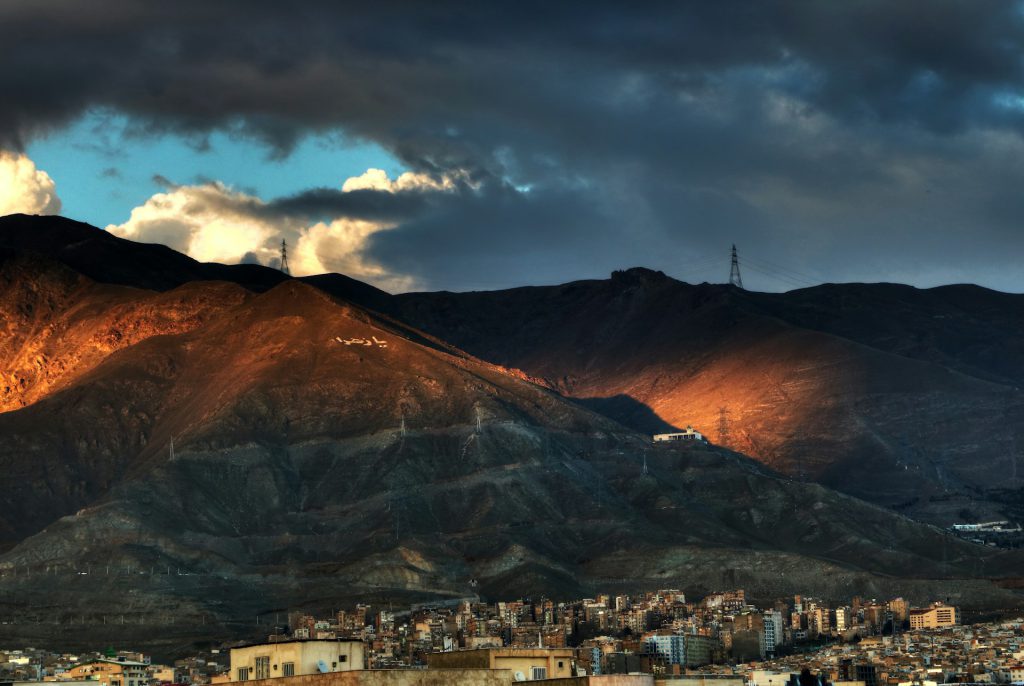
Iran is home to a remarkable mix of landscapes, offering a wide range of experiences for adventurous travelers. From the rugged peaks of the Alborz and Zagros Mountain ranges to the vast deserts of Markazi and Lut, Iran’s terrain is a playground for those seeking diversity. The country’s geographical richness is impressive, featuring lush rainforests in the north, sunny beaches in the south, snowy mountains in the west, and hot deserts in the east. This mix of ecosystems allows travelers to witness four distinct seasons simultaneously, a rare treat found in few other places.
Iran also serves as a refuge for endangered species, including the elusive Persian leopard, majestic black bear, and graceful Fallow deer. Among these treasures, the Asiatic Cheetah stands out as the fastest land animal, with most of its remaining population found within Iran’s borders.
With a young population making up two-thirds of its people, Iran is bursting with energy and a passion for sports. From traditional games to modern activities, Iran’s diverse climate offers opportunities for a wide range of athletic pursuits. Whether skiing at the Tochal resort, enjoying a desert Safari under the stars, or engaging in water sports on Kish Island, visitors have plenty of options.
The towering peaks of Alborz and Zagros attract hikers, offering stunning views and diverse wildlife. Iran’s hiking areas often blend with sprawling deserts, providing habitats for rare animals. Traditional sports like košti e pahlevāni, or “heroic wrestling,” and čowgān, the Persian version of polo, add a timeless charm to Iran’s sporting scene. Whether scaling mountains, exploring deserts, or participating in ancient traditions, Iran offers endless excitement for adventurers.
Iran Cuisine
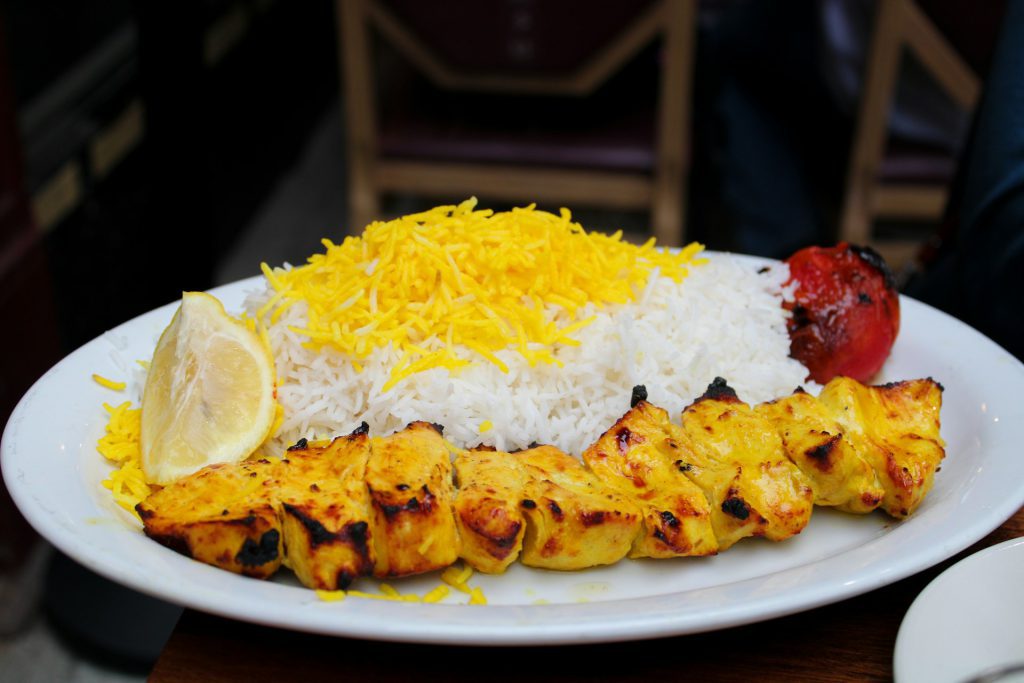
Embarking on a food adventure in Iran reveals a mix of tasty treats and unique dishes. From the famous kebabs to more unusual options like grilled lamb’s testicles, Iran cuisine has a wide range of flavors to offer. You’ll find everything from caviar and smoked fish in the north to samosas and spicy shrimp in the south.
During your visit, be sure to try Fesenjan, a delicious Pomegranate Walnut Stew that balances sweet and tangy flavors. And don’t miss out on Iranian kebabs, available in beef, chicken, and lamb liver varieties. Each dish is a journey through Iran’s rich culinary history, showcasing the country’s diverse flavors and traditions.
FAQs about Iran History and Culture
Q1: What is the history and culture of Iran?
A1: The way people live in Iran combines old traditions from before Islam and those influenced by Islam. Iranian culture has been very important in the Middle East and Central Asia for a long time. For much of the second thousand years, Persian was seen as the language used by educated people. Before that, it was the language used in religion and by the general population.
Q2: What is special about Iran?
A2: Iran has a long history of learning that led to a diverse culture of art, writing, poetry, music, food, and building design. Long ago, smart Iranians wrote important books about thinking and healing, and one Iranian math whiz came up with algebra.
Q3: How old is Iranian culture?
A3: Iran has been around for a really long time, since about 4000 BC. It’s one of the oldest places where people have lived continuously, with cities and towns going way back in history.
Q4: What is Iran known for historically?
A4: Back in the old days, Iran, which people used to call Persia, was the most powerful country in Western Asia for more than twelve hundred years. Three different groups of rulers— the Achaemenid, the Parthian, and the Sasanian—were in charge, running an empire that was really huge and complicated.
Q5: What culture are Iranians?
A5: For many centuries, most people in Iran have been Muslim, which has greatly influenced their culture. The Iranian folks follow a type of Islam called Shi’a, which is known for being quite forward-thinking.
Last Words: Experience the Best of Iran History and Culture with a Customized Tour
Imagine going to an Iranian house. You’re not just welcomed with smiles; you’re invited to join in and learn about their way of life. It’s like stepping back in time and seeing how people lived centuries ago. You get to chat, try delicious food, and see how they do things.
If you’re dreaming of exploring the wonders of Iran history and culture, opting for a tailored journey is key. At To Iran Tour, we know that every traveler is different. Whether you’re fascinated by ancient sites like Persepolis, love exploring bustling markets, or crave moments of serenity in lush gardens, we’ll design your trip to suit you perfectly. From historical landmarks to culinary delights, art, and spirituality, we’ll make sure your Iran experience is exactly what you want it to be.
We’re here to make your travel dreams a reality and ensure your trip is amazing.

